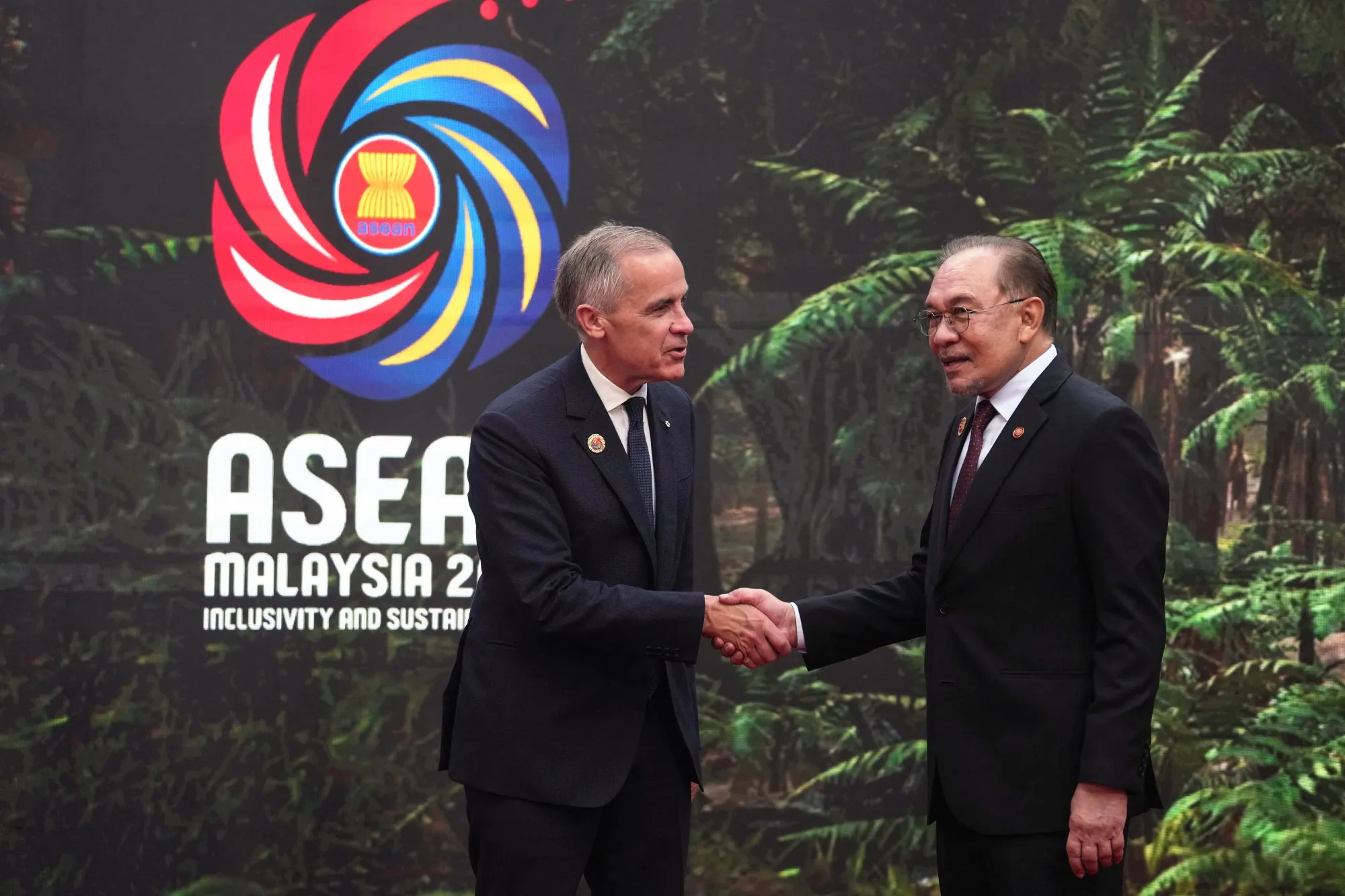As businesses and governments across the country and around the world struggle to safely adopt AI to manage various domestic challenges, Canada has a unique opportunity to use its leadership and understanding of AI to address talent loss, labour mobility and issues related to immigration.
Prime Minister Mark Carney made this point in September in an address to the Council on Foreign Relations in New York. “We are a leading developer of AI, and our research universities are some of the biggest producers in volume of AI computing and quantum talent in the world. Unfortunately, most of them go to the United States,” Carney said.
Canada’s first minister responsible for AI, Evan Solomon, travelled to the Middle East in October as part of the Carney government’s push to develop new trading relationships with AI as a key component. During the visit, Minister Solomon signed a memorandum of understanding with the UAE’s Minister of Investment, Mohamed Alsuwaidi, focused on AI and digital innovation, including opportunities to collaborate on digital infrastructure and the development of AI data centres. He also met with Qatar’s Minister of Communications and Technology for similar discussions.
Here at home, there are also AI opportunities. Canada is facing critical labour shortages in the healthcare system, agriculture and skills trade. The federal government is also under pressure to reduce the number of Temporary Foreign Workers and further reduce immigration numbers. Carney said his government will scale back those numbers, which may be revealed in its 2026-2028 immigration levels in November.
So, how can we use AI to address these challenges?
First, we need to look at our brain drain and keep our young talent graduating from university opportunities to stay in Canada. We need to create opportunities and use our resources to invest in jobs that meet the challenges and needs of those graduates.
Second, we should leverage President Trump’s recent announcement to increase the cost of H-1B visas to the U.S. — from $1,500 to $100,000 — for highly skilled workers in areas such as science, engineering and technology. While the U.S. is tightening its borders for these highly skilled workers, we can encourage those potential workers to come to Canada and benefit from their expertise.
The Immigration Levels Plan for 2026–2028, in November, is expected to focus more tightly on economic migration, with 229,750 economic immigrants targeted for 2026 out of 380,000 total. The idea is to stabilize permanent resident numbers while still addressing labour shortages — AI can help in this recalibration; however, this will make the system more selective and may create new challenges.
Third, while the government announced in September a new reskilling package — designed to train 50,000 workers in digital and AI-related skills — is a good start, AI literacy in high school is also key. Through reskilling and education about AI, this digital tool will help people across the country, including graduates not attending a post-secondary institution, to navigate the job market. These are exactly the kinds of policies that move the needle on productivity.
Fourth, we can harvest the strength of AI in data collection to map out labour needs and labour availability to move skilled people where there is need. As reported in the June Fraser Institute report Can AI Mitigate our Labour Force Problems? Yes, in part by using this tool for “improving labour market information and systems.”
Finally, our productivity challenge isn’t just about technology — it’s about people. Carney pointed this out in his New York address that “maximizing labour force participation” is one of the first steps governments should take. While Canada is improving its numbers on female participation in the workforce, there’s much more to be done for older and disabled workers. If we can harness the expertise from these two demographics, we can address some of our labour shortages.
What we need to do now is to commit to an all-in approach and use AI for reskilling, training, retention, and turn our existing strengths, including our talent, into a competitive edge.
As Carney put it, “The big payoff is actually in the application.” That’s true for AI, for talent retention, labour and attracting skilled professionals to build a future Canadian economy using technology to our advantage.




